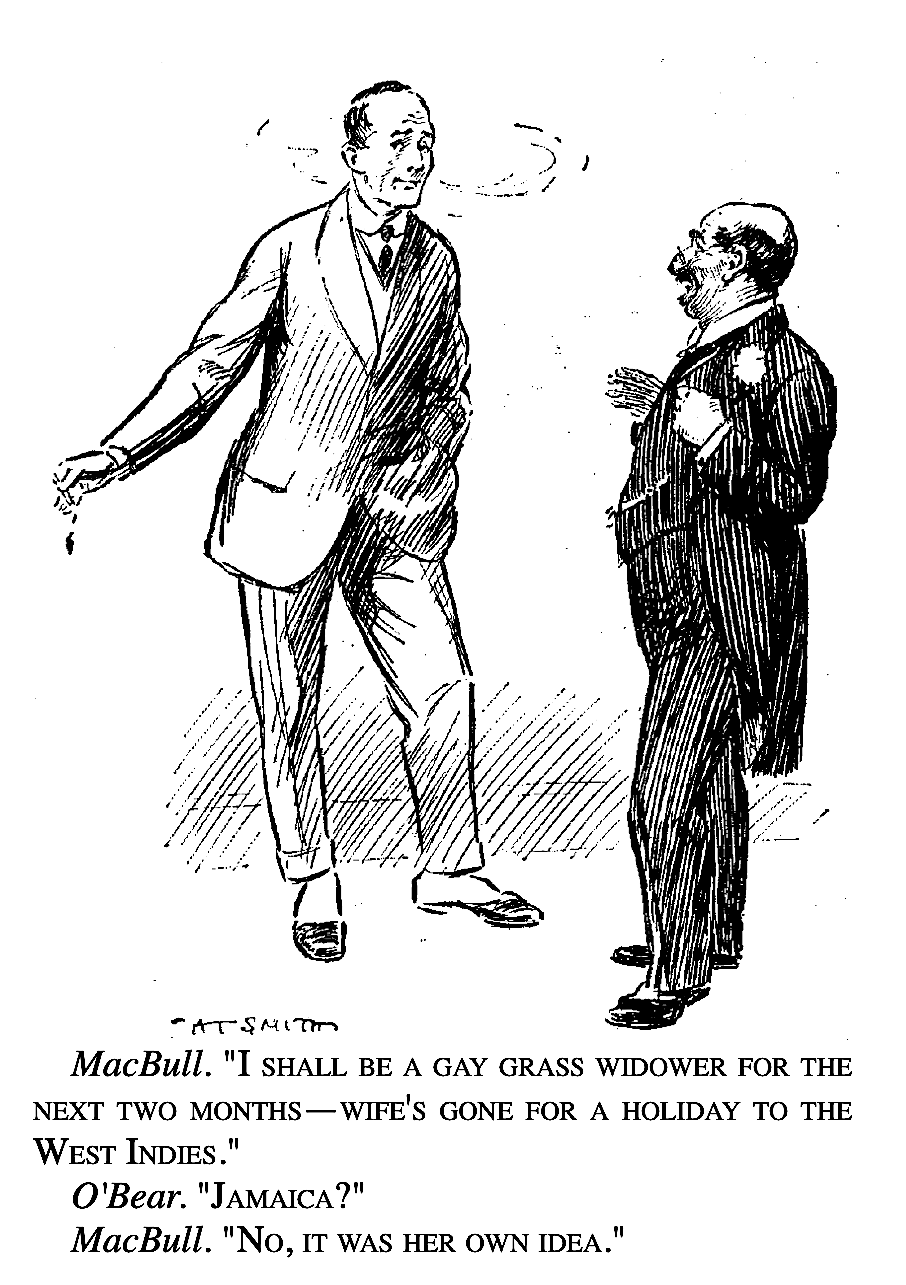
Pun
A pun, also rarely known as paronomasia, is a form of word play that exploits multiple meanings of a term, or of similar-sounding words, for an intended humorous or rhetorical effect.[3] These ambiguities can arise from the intentional use of homophonic, homographic, metonymic, or figurative language. A pun differs from a malapropism in that a malapropism is an incorrect variation on a correct expression, while a pun involves expressions with multiple (correct or fairly reasonable) interpretations. Puns may be regarded as in-jokes or idiomatic constructions, especially as their usage and meaning are usually specific to a particular language or its culture.
For other uses, see Pun (disambiguation).Use[edit]
Comedy and jokes[edit]
Puns are a common source of humour in jokes and comedy shows.[18] They are often used in the punch line of a joke, where they typically give a humorous meaning to a rather perplexing story. These are also known as feghoots. The following example comes from the movie Master and Commander: The Far Side of the World, though the punchline stems from far older Vaudeville roots.[19] The final line puns on the stock phrase "the lesser of two evils". After Aubrey offers his pun (to the enjoyment of many), Dr. Maturin shows a disdain for the craft with his reply, "One who would pun would pick-a-pocket."
In the media[edit]
Paronomasia has found a strong foothold in the media. William Safire of The New York Times suggests that "the root of this pace-growing [use of paronomasia] is often a headline-writer's need for quick catchiness, and has resulted in a new tolerance for a long-despised form of humor."[43] It can be argued that paronomasia is common in media headlines, to draw the reader's interest. The rhetoric is important because it connects people with the topic. A notable example is the New York Post headline "Headless Body in Topless Bar".[44]
Paronomasia is prevalent orally as well. Salvatore Attardo believes that puns are verbal humor. He talks about Pepicello and Weisberg's linguistic theory of humor and believes the only form of linguistic humor is limited to puns.[45] This is because a pun is a play on the word itself. Attardo believes that only puns are able to maintain humor and this humor has significance. It is able to help soften a situation and make it less serious, it can help make something more memorable, and using a pun can make the speaker seem witty.
Paronomasia is strong in print media and oral conversation so it can be assumed that paronomasia is strong in broadcast media as well. Examples of paronomasia in media are sound bites. They could be memorable because of the humor and rhetoric associated with paronomasia, thus making the significance of the soundbite stronger.
Confusion and alternative uses[edit]
There exist subtle differences between paronomasia and other literary techniques, such as the double entendre. While puns are often simple wordplay for comedic or rhetorical effect, a double entendre alludes to a second meaning that is not contained within the statement or phrase itself, often one that purposefully disguises the second meaning. As both exploit the use of intentional double meanings, puns can sometimes be double entendres, and vice versa. Puns also bear similarities with paraprosdokian, syllepsis, and eggcorns. In addition, homographic puns are sometimes compared to the stylistic device antanaclasis, and homophonic puns to polyptoton. Puns can be used as a type of mnemonic device to enhance comprehension in an educational setting. Used discreetly, puns can effectively reinforce content and aid in the retention of material. Some linguists have encouraged the creation of neologisms to decrease the instances of confusion caused by puns.[46]